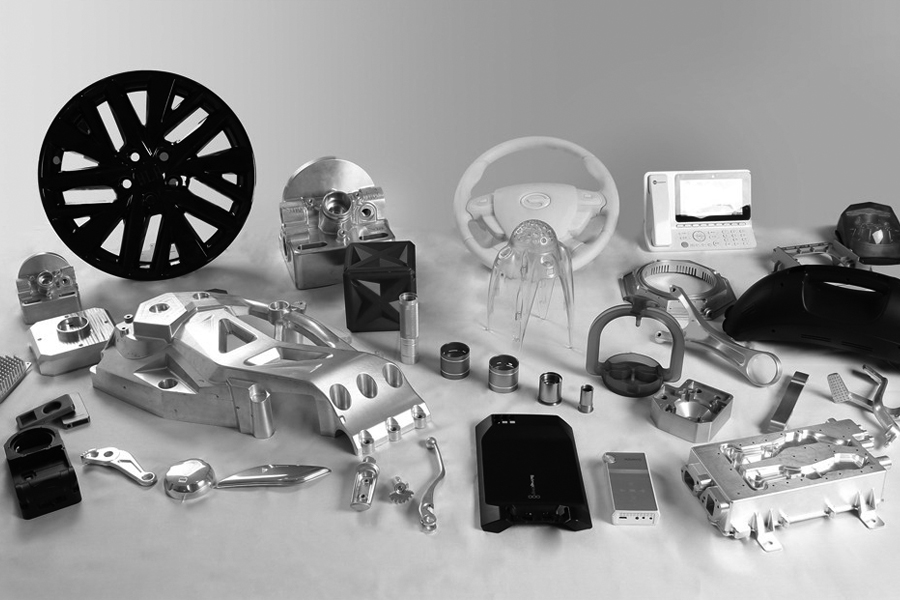Prototype model making is an essential link before a new product is put on the market. What is prototype? In short, it is a model or small batch of products that have not been made according to product design before mold opening. It is mainly used to check the product appearance and structure rationality. Next, let's take a look at three different prototype manufacturing processes.
1、 CNC prototype production

CNC is a computer numerical control machine tool, according to the number of the program with full-page mining. It is mainly used to control the CNC tool path. CNC milling machine is used to process some square, irregular objects, while the lathe is used to process round objects. CNC can process some large workpieces. It can be up to 1800 * 900 * 600. Compared with SLA, it is cheaper and meets many types of prototypes.
CNC prototype model production process: accept drawings → compile tool path → transfer tool path to CNC machining center → machine automatic machining → manual post-machining (grinding, painting, printing, etc.)!
At present, it is widely used in China. The main materials are ABS, PC, PMMA, aluminum and copper. CNC machining can process product samples with relatively high precision. The main plastic machining application materials are ABS, PC, PMMA, PP, aluminum, copper, etc., and bakelite and aluminum alloy are commonly used in the production of fixture and other products; CNC prototype has the advantages of good toughness, high tension, low cost and a wide selection of materials.
2、 Compound mold (vacuum filling)
Duplicate mold is to use the original template to make silica gel mold in the vacuum state, and use PU material for pouring in the vacuum state, so as to clone the same copy with the original template, which is more resistant to high temperature, better strength and hardness than the original template.
If the customer requires several or dozens of sets, it is suitable to use this method, which greatly reduces the cost. In general, the cost of vacuum replica products is lower than that of CNC, that is to say, the price of multiple sets of templates processed by CNC is lower than that of vacuum remolding after one set of CNC machining (except for those with special requirements for the materials of sample samples);
The compound materials are ordinary Pu: brittle and tough; transparent Pu: the raw material is better, but the price is the most expensive; rubber-like Pu; 8400 soft rubber.
There are two uses of vacuum remolding technology:
1. Conduct small batch production of product samples;
2. Change the material; you can change the template carved by gypsum putty to Pu or poly material which is easy for subsequent machining or change ABS material to material with special requirements (such as transparent, high temperature resistant, high strength, or rubber characteristics, etc.).
3、 3D printing prototype
3D printing is a kind of rapid prototyping technology, which is based on digital model files, using powder, linear plastic or liquid resin materials to construct objects layer by layer
The main process of 3D printing prototype is as follows:
Prototype drawing — prototype 3D model — model slicing — 3D printing — prototype post machining — prototype finished product
Compared with the above two technologies, 3D printing prototype has the following advantages:
1.Prototype sample production speed is fast
Generally speaking, the speed of using the SLA process to print a prototype is 3 times faster than that of CNC to make a prototype. Therefore, 3D printing is preferred for small pieces and small-batch prototype production.
2. The prototype has high precision and small model error, and the minimum error can be controlled within ± 0.05mm
There is no need for human intervention in the whole process of 3D printing prototype, which avoids the error caused by human factors, and the prototype deformation is easy to occur in the production of CNC prototype.
3. More materials available for 3D printing prototype
The goal of PTJ shop is to produce personalized products that meet customer needs on time, with quality and quantity guaranteed and with minimum cost.


